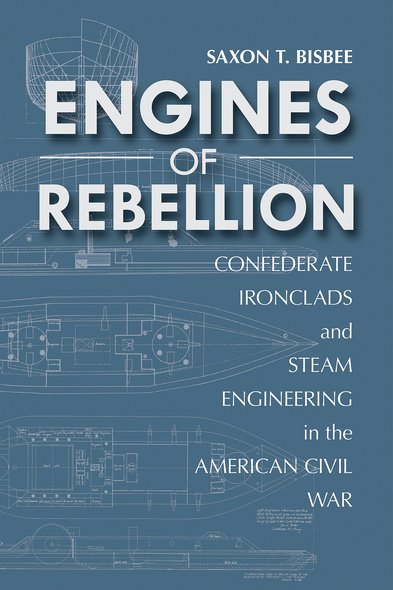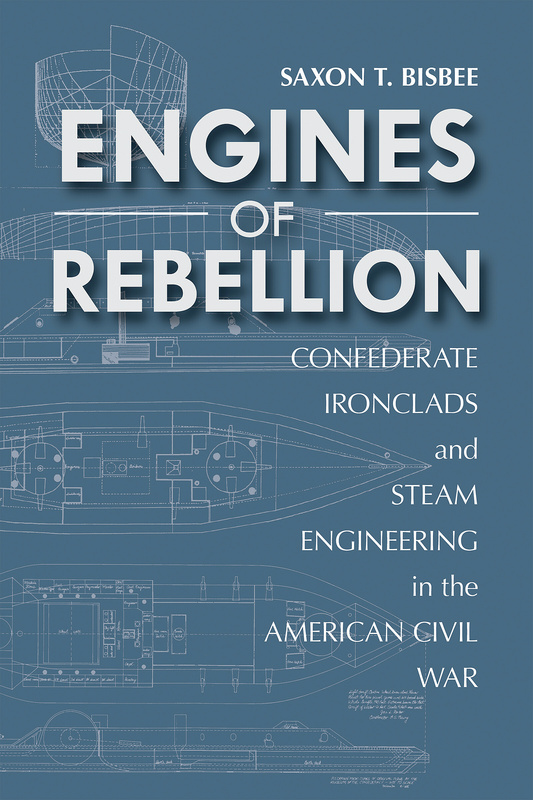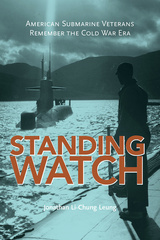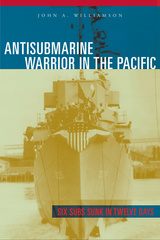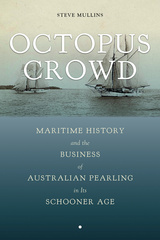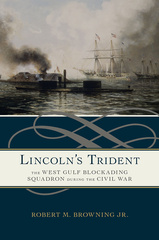Engines of Rebellion
Confederate Ironclads and Steam Engineering in the American Civil War
By Saxon Bisbee
University of Alabama Press
A challenge to the prevailing idea that Confederate ironclads were inherently defective
The development of steam propulsion machinery in warships during the nineteenth century, in conjunction with iron armor and shell guns, resulted in a technological revolution in the world’s navies. Warships utilizing all of these technologies were built in France and Great Britain in the 1850s, but it was during the American Civil War that large numbers of ironclads powered solely by steam proved themselves to be quite capable warships.
Historians have given little attention to the engineering of Confederate ironclads, although the Confederacy was often quite creative in building and obtaining marine power plants. Engines of Rebellion: Confederate Ironclads and Steam Engineering in the American Civil War focuses exclusively on ships with American built machinery, offering a detailed look at marine steam-engineering practices in both northern and southern industry prior to and during the Civil War.
Beginning with a contextual naval history of the Civil War, the creation of the ironclad program, and the advent of various technologies, Saxon T. Bisbee analyzes the armored warships built by the Confederate States of America that represented a style adapted to scarce industrial resources and facilities. This unique historical and archaeological investigation consolidates and expands on the scattered existing information about Confederate ironclad steam engines, boilers, and propulsion systems.
Through analysis of steam machinery development during the Civil War, Bisbee assesses steam plants of twenty-seven ironclads by source, type, and performance, among other factors. The wartime role of each vessel is discussed, as well as the stories of the people and establishments that contributed to its completion and operation. Rare engineering diagrams never before published or gathered in one place are included here as a complement to the text.
The development of steam propulsion machinery in warships during the nineteenth century, in conjunction with iron armor and shell guns, resulted in a technological revolution in the world’s navies. Warships utilizing all of these technologies were built in France and Great Britain in the 1850s, but it was during the American Civil War that large numbers of ironclads powered solely by steam proved themselves to be quite capable warships.
Historians have given little attention to the engineering of Confederate ironclads, although the Confederacy was often quite creative in building and obtaining marine power plants. Engines of Rebellion: Confederate Ironclads and Steam Engineering in the American Civil War focuses exclusively on ships with American built machinery, offering a detailed look at marine steam-engineering practices in both northern and southern industry prior to and during the Civil War.
Beginning with a contextual naval history of the Civil War, the creation of the ironclad program, and the advent of various technologies, Saxon T. Bisbee analyzes the armored warships built by the Confederate States of America that represented a style adapted to scarce industrial resources and facilities. This unique historical and archaeological investigation consolidates and expands on the scattered existing information about Confederate ironclad steam engines, boilers, and propulsion systems.
Through analysis of steam machinery development during the Civil War, Bisbee assesses steam plants of twenty-seven ironclads by source, type, and performance, among other factors. The wartime role of each vessel is discussed, as well as the stories of the people and establishments that contributed to its completion and operation. Rare engineering diagrams never before published or gathered in one place are included here as a complement to the text.
The role of ironclads in the larger evolution of nineteenth-century armored naval vessels surely deserves study. It gets that attention in abundance here.'
—Journal of Southern History
'Bisbee is to be applauded for his level of research and the organization of his ground-breaking study. This information is available nowhere else, and without it students only had an incomplete picture of the complex creatures that were Southern ironclads. Why they worked as well as they did—and why they didn’t—has now been answered much more satisfactorily. Stephen Mallory was right: Southern naval efforts accomplished much more than most people ever realized.'
—Civil War News
'If you have ever wondered how the ironclad ships of the Confederacy were constructed and powered, this book will prove to be a phenomenal resource to the serious scholar of the Civil War Navy or those interested in 19th century steam engineering.'
—Hampton Road Naval Museum
'[Engines of Rebellion] very effectively argues that the Confederate ironclad program, operating under enormous wartime pressures, was a remarkable achievement of engineering improvisation and skill. This fascinating study of Confederate ironclads and the machinery that drove them is a significant contribution to Civil War naval history and technology.'
—Civil War Books and Authors
‘Engines of Rebellion is unquestionably a contribution to our knowledge of Confederate naval vessels, particularly their machinery.’
—William N. Still Jr., author of Crisis at Sea: The United States Navy in European Waters in World War I and coauthor of Raiders and Blockaders: The American Civil War Afloat
Meticulous in the detail presented, Engines of Rebellion brings together a wide assortment of engineering and wartime service documentation in a comprehensive study of the innovation and resourcefulness that characterized the Southern war effort.’
—Maritime Archaeological and Historical Society News
‘Provides an important look at the issues that the Confederate Navy dealt with, both in acquiring the machinery, but also the issues concerning the operation of the machinery. This book is thoroughly researched, insightful, and well written.’
—Robert M. Browning Jr., author of Lincoln's Trident: The West Gulf Blockading Squadron during the Civil War and Success Is All that Was Expected: The South Atlantic Blockading Squadron during the Civil War
Saxon T. Bisbee is the vessel manager and nautical archaeologist at Northwest Seaport Maritime Heritage Center in Seattle, WA. He is coauthor of The Scuppernong River Project: Explorations of Tyrrell County Maritime History.

